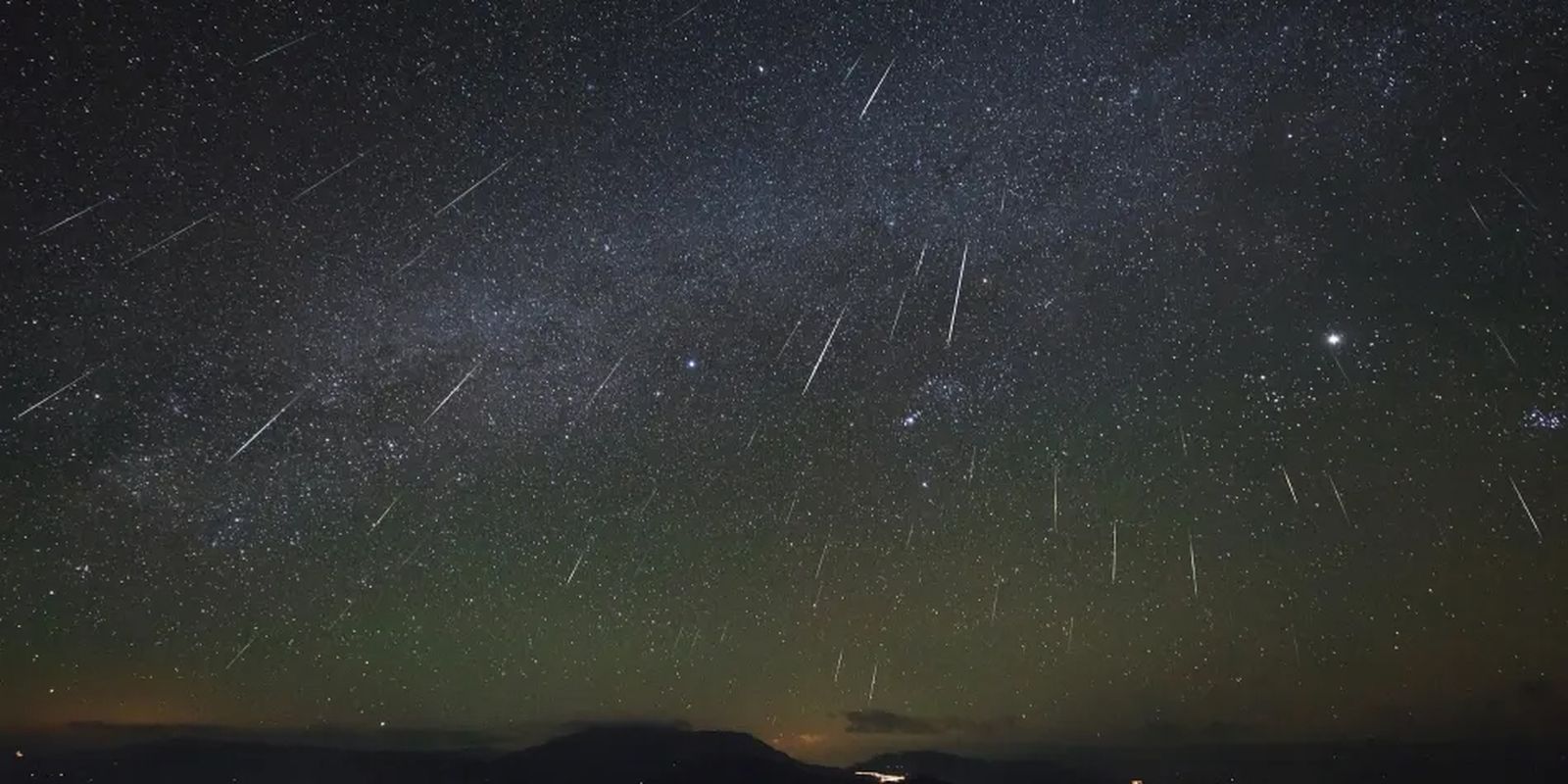The dawn of this Tuesday (22) promises a celestial show for Brazilians: it is the apex of the rain of meteors, which has been observed since the 14th in various regions of the country. The phenomenon, visible to the naked eye in areas of little light pollution, should achieve its greater intensity around 2am (Brasília time).
According to astronomer Marcelo de Cicco, partner of the National Observatory and coordinator of the exoss project, specializing in meteor monitoring, the point of greatest activity occurs precisely when the radiant of rain – area from which meteors seem to appear – reaches the highest position in the sky.
“The best observation conditions take place at dawn on the 22nd. In dark places, away from the city’s lights and with low interference from the moon, it will be possible to see up to 18 meteors per hour. Just look at the north quadrant, near the vega star,” he explained by Cicco to Brazil agency.
Lyrid rain is caused by the passage of the earth through a trail of debris left by the comet thatcher (c/1861 G1). When these particles enter the earth’s atmosphere, they get friction with the air and produce the well -known luminous risks in the sky – popularly called “fantry stars.”
The phenomenon occurs every year between April 14 and 30 and is one of the oldest ever recorded by humanity. For those who do not have compass, the astronomer recommends a simple trick: “Extend the right arm where the sun is born (east) and the left to which it sets (west). So you will be facing the north, right direction to accompany the rain.”
In addition to the visual show, meteor rains have scientific value. Studying them helps researchers map the density of debris in space and better understand the origin and evolution of the solar system. Information is also useful for protecting satellites and spatial probes in orbit.
*With information from Pedro Peduzzi

















